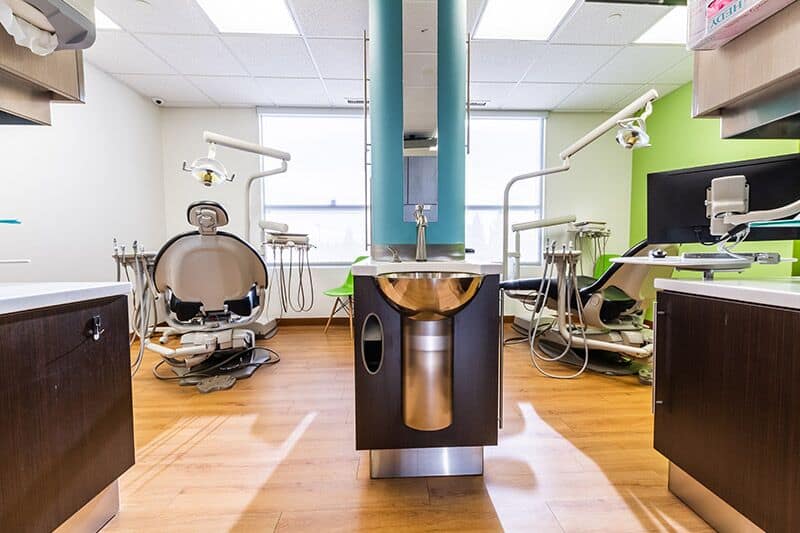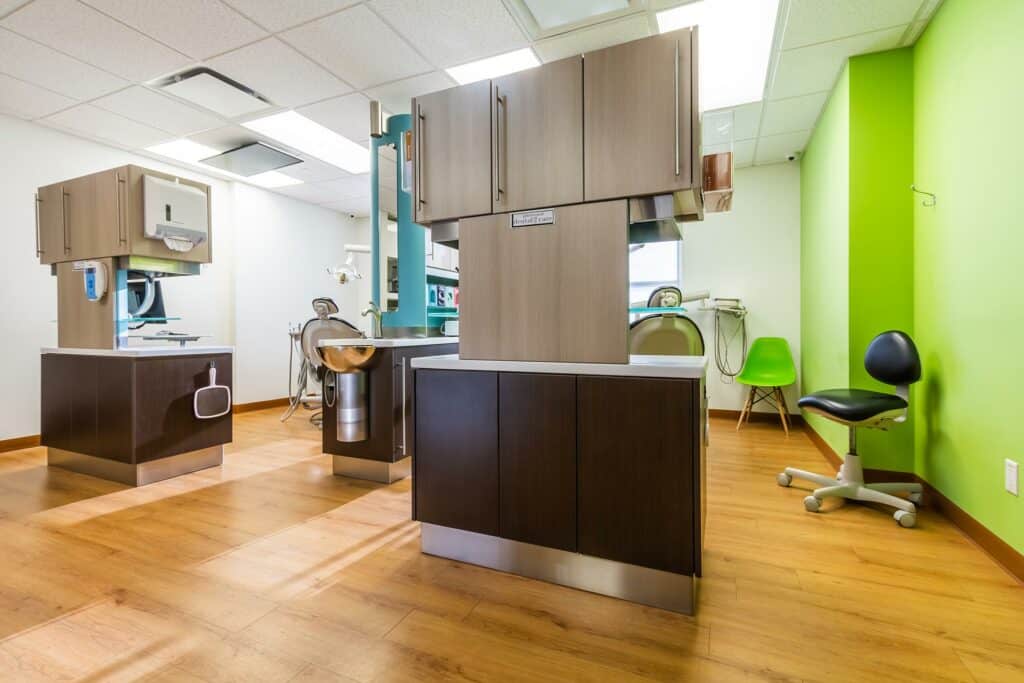One of the most common questions that we get asked at Glenwood Dental Care regarding Invisalign is whether or not this treatment hurts. Those who have had traditional metal braces understand that while they may never cause intense pain, some inherent discomfort comes with this orthodontic treatment. On the other hand, Invisalign is often advertised as being pain-free or at least less painful than traditional braces.
However, this doesn’t mean that Invisalign doesn’t hurt at all. With any orthodontic treatment, you are moving the teeth and straightening the bite, which comes with some inevitable discomfort. Here is everything you need to know about Invisalign near you, the pain levels associated with it, and how to alleviate any pain you may experience during your treatment.
So, is Invisalign Painful?
The short answer is yes, Invisalign hurts. Generally, the pain is not as intense as with traditional braces, and just like any other orthodontic treatment, the pain subsides once the teeth adjust to wearing the aligners and moving. There are a couple of reasons that Invisalign causes pain. The first is that there is a level of soreness that comes from the aligners pressing against your teeth and gums, and the second is the pain that comes with the actual movement of your teeth.
When it comes to traditional metal braces, some of the pain that patients experience comes from the sharp wires and brackets cutting into the inside of the mouth. This pain is especially prevalent in the first couple of weeks of treatment before the mouth has developed the callouses necessary to combat this abrasion. The same concept can be applied to Invisalign but on a smaller scale. The edges of your customized aligners, while not sharp, can irritate the insides of your cheeks and lips as your mouth adjusts to them. Typically, however, this discomfort will subside after a few weeks.
Of course, this doesn’t mean that your Invisalign treatment will be completely painless after this initial period. The purpose of Invisalign in West Edmonton is to shift your teeth into a healthier, straighter, and more desirable position. To do this, the aligners must place pressure on your teeth, leading to soreness. This soreness is usually felt most profoundly in the first few days after switching out aligners. It may ease your mind to learn that most Invisalign wearers do not describe this sensation as painful but rather as uncomfortable but tolerable.
How to Alleviate Pain Associated with Invisalign
For some patients, simply dealing with the pain for a few days each month is the easiest way to handle discomfort. As mentioned earlier, most patients only experience discomfort for the first couple of days after switching out their aligners. Afterward, the soreness subsides, and you can continue with your normal life. In other cases, aligners continue to cause discomfort throughout treatment, and for those individuals, finding ways to alleviate pain is a good idea.
Your dentist in West Edmonton can give you options for over-the-counter painkillers such as ibuprofen to help alleviate your pain. They can describe the ideal dosage to keep your pain in check as well. Depending on the source of your pain, certain medications can work better than others, which is why it is helpful to speak to your dentist about your options.
Visit Glenwood Dental Care
If you would like to learn more about Invisalign and how to manage pain during your treatment, please do not hesitate to contact our dedicated team at Glenwood Dental Care to book a consultation with our dentist near you. We are happy to provide you with the advice and treatments you need to maintain a healthy, strong, and confident smile.







